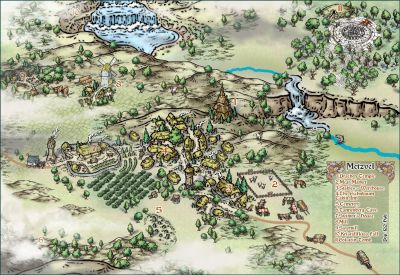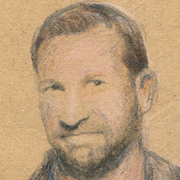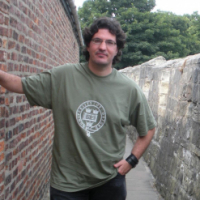
Monsen
Monsen
About
- Username
- Monsen
- Joined
- Visits
- 694
- Last Active
- Roles
- Administrator
- Points
- 8,958
- Birthday
- May 14, 1976
- Location
- Bergen, Norway
- Website
- https://atlas.monsen.cc
- Real Name
- Remy Monsen
- Rank
- Cartographer
- Badges
- 27
-
Community Atlas - Ezrute - Skolt City
-
[WIP] Competition - Vertshusen City - Bowman's General Store
-
August Mapping Competition - Building Floorplans - Win Prizes
-
Live Mapping - City Floorplans
Time for a new live mapping session.
Since we have a competition going this month, I will be starting on a floorplan from the city, and let us just see how far we can get.
Will go live on Thursday at 1800 hours CET. As usual, if you are logged in, it should be listed in your local time in the forum sidebar, if not, you're probably smart enough to figure it out :)
-
August Mapping Competition - Building Floorplans - Win Prizes












